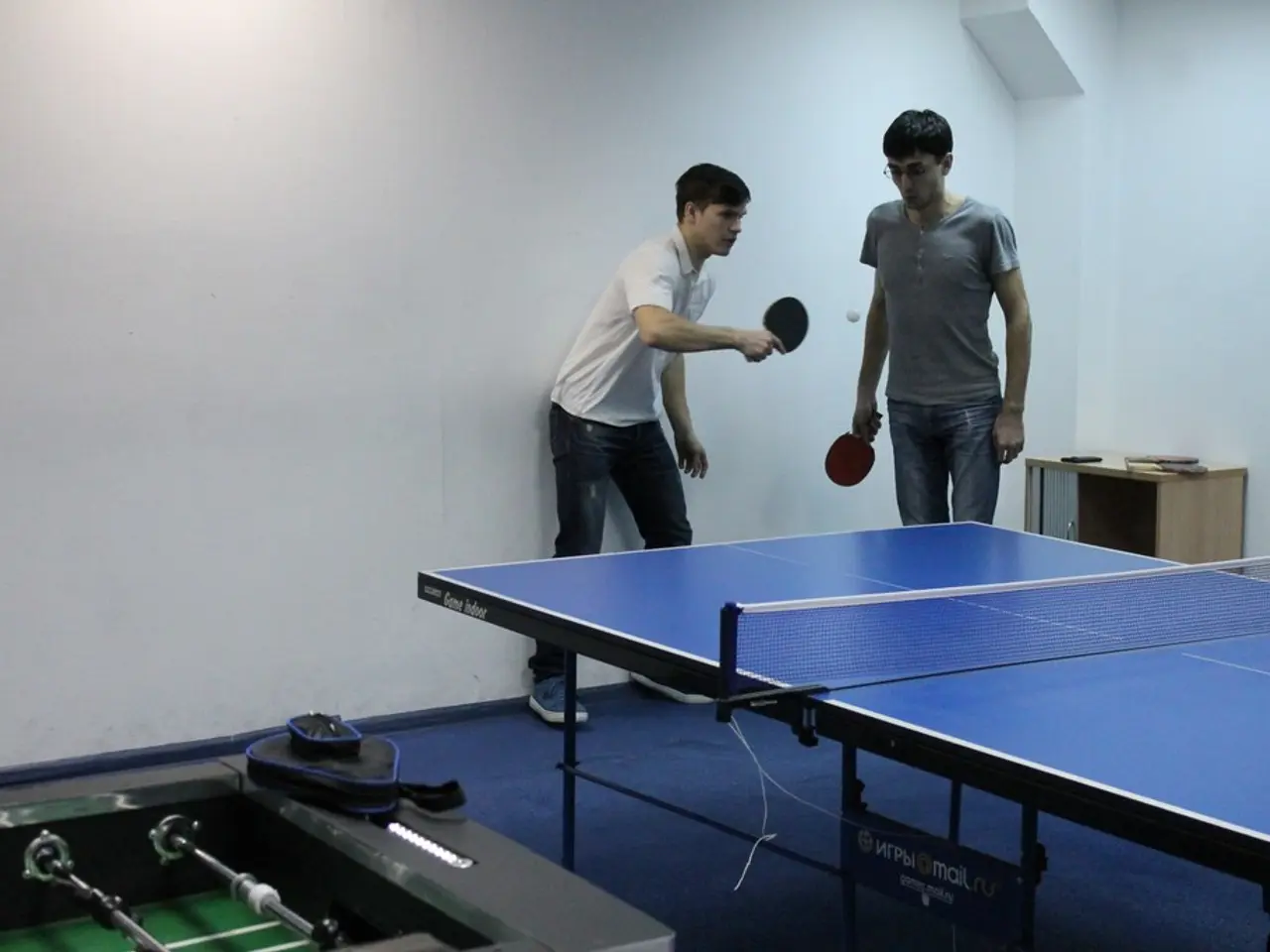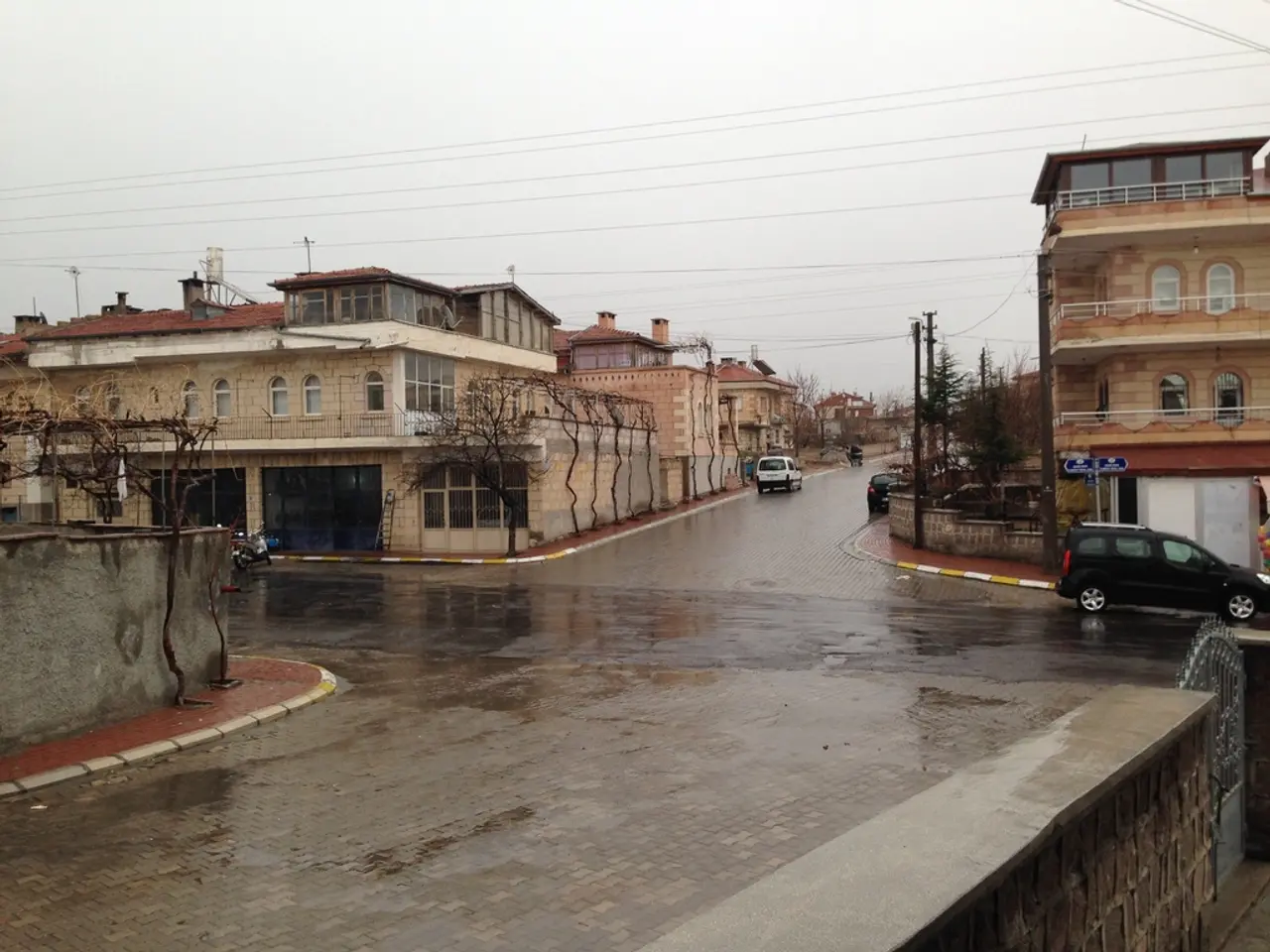Astrophotography competition of global scale is back for 2025! Discover the entry rules here.
It's That Time Again! 2025 Astronomy Photographer of the Year Competition
Get ready to show off your stellar skills because the 2025 Astronomy Photographer of the Year competition is now open for submissions! If you've snapped some astounding shots of the night sky, galaxy, or even a dance of auroras this past year, it's time to see if you can be crowned this year's top astro imager.
The Royal Observatory Greenwich is on the hunt once more for the best night-sky images from photographers all over the world. The grand prize? A whopping £10,000!
The best image in each of the eight main categories will also pocket £1,500. Runner-Up and Highly Commended winners will receive £500 and £250 respectively.
If you're new to the game or prefer to express your astronomy photography creative flair, there are two special prizes of £750 each up for grabs. budding astronomers under the age of 16 can enter the Young Astronomy Photographer of the Year contest, free of charge, with the chance to win £1,500!
What's Up
- Opens: 6 January 2025
- Closes: 3 March 2025
- Entrance fee: £10 for 10 entries
- Rules:Astronomy Photographer of the Year website
- Exhibition of winning images in autumn 2025 at the National Maritime Museum, London
Categories
Planets, Comets and Asteroids
This year, the solar system has been a sight to behold with parades of planets and comet A3 Tsuchinshan-ATLAS streaking across the sky. If you managed to capture the beauty, make sure to enter it into this category.
Aurorae
This year brought some truly staggering aurora displays, lighting up the sky from the polar regions to as far south as the Caribbean. If you've captured the lights, show them off here.
People and Space
Since the dawn of humanity, people have felt a connection with the night sky. The People and Space category celebrates our history and relationship with the Universe around us, inviting images that place our human experience in the cosmic context.
Stars and Nebulae
To the naked eye, stars and nebulae often appear as little more than shades of white and gray. But through astro photos, both can be transformed into explosions of color and detail. This category seeks to find the finest images of either.
Skyscapes
The night sky can seem distant, but a beautiful earthy foreground connects it to our world. One of the competition's most contested categories, Skyscapes asks for any image that integrates a terrestrial landscape with the cosmos above.
Our Moon
With humanity's renewed interest in sending astronauts back to the moon, now's the perfect time to capture the celestial neighbor from afar. Enter an awe-inspiring image featuring our nearest satellite into this category.
Our Sun
As the sun reaches the peak of its 11-year activity cycle, seize the opportunity to turn your camera towards it. If you managed a fabulous flare or spectacular sunspot capture, submit your photo here.
Galaxies
The light from galaxies travels for millions of years before reaching us. If you've managed to capture the light from one of these distant star cities when it finally arrived, submit your photo in the Galaxies category.
Young Astronomy Photographer of the Year
Being young doesn't mean you can't take astounding astro images, and this special category encourages the great astro photographers of tomorrow. If you are under the age of 16, you can enter the Young competition for free.
Patrick Moore Prize for Best Newcomer
Just because a photographer is new to astrophotography doesn't mean they can't capture a truly astounding image. This special category is for images taken by those who have embarked on astrophotography within the past year.
Special Prize: Annie Maunder Open Category
The Annie Maunder prize celebrates innovative uses of astronomical data in creative ways. Use any data with permission, whether it's data you captured yourself or from an open-source professional observatory, or even combine data from multiple sources into a single entry.
For even more tips and tricks, check out the Royal Museums Greenwich website, and follow them on Facebook, Twitter, and Instagram. Happy shooting!
- The Royal Observatory Greenwich encourages photographers worldwide to submit their astounding shots of galaxies, the night sky, comets, auroras, and more for the 2025 Astronomy Photographer of the Year competition.
- If you've captured the beauty of a solar system object, a stunning aurora display, or the lights of a city against the cosmic backdrop this past year, show off your skills and enter these images in the respective categories.
- In the Planets, Comets, and Asteroids category, you can showcase your images of the solar system's parades, such as planets and comets A3 Tsuchinshan-ATLAS.
- The Skyscapes category invites any image that integrates a terrestrial landscape with the cosmos above, while the Stars and Nebulae category seeks the finest images that transform these celestial bodies into explosions of color and detail.
- Don't forget about Our Moon, as humanity's renewed interest in sending astronauts back to the moon presents an opportunity to capture the celestial neighbor from afar.
- If you are under the age of 16, enter the Young Astronomy Photographer of the Year contest for free, or showcase innovative uses of astronomical data in the Annie Maunder Open Category using technology and data permission.




